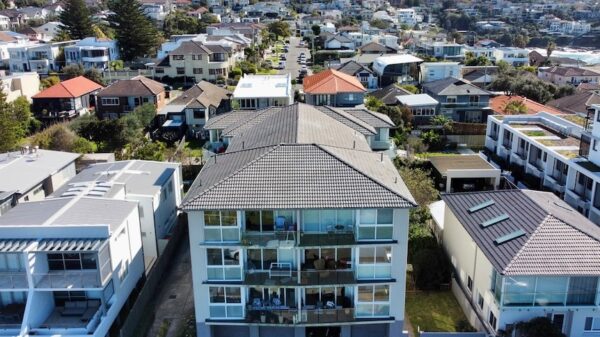The Australian federal government has announced a significant policy shift aimed at expediting housing approvals while putting a freeze on future changes to the National Construction Code until mid-2029. This decision follows recommendations from the Economic Reform Roundtable, which urged the government to streamline processes amidst ongoing housing challenges.
Once the updates scheduled for this year to the extensive 2,000-page National Construction Code are finalized, no further amendments will be made for at least six years, with the exception of essential safety and quality-related changes. The next set of updates was initially slated for 2028. This pause means that efforts to enhance energy efficiency and address environmental impacts through the code will be delayed for a minimum of one year.
During a recent address to the Economic Reform Roundtable, Treasurer Jim Chalmers emphasized the government’s commitment to making housing construction more accessible. “It’s too hard to build a home in this country,” Housing Minister Clare O’Neil stated, reflecting concerns shared by many Australians facing a housing crisis.
In a related development, Environment Minister Murray Watt announced plans to expedite decisions on applications for the construction of over 26,000 new homes. While this initiative does not guarantee approvals, it aims to ensure that decisions are made more swiftly. “Fast-tracked projects will continue to be required to meet all environmental requirements,” Senator Watt clarified, adding that this approach would encourage developers to submit the necessary information at the outset.
The government’s strategy includes additional measures suggested by the Economic Reform Roundtable. These encompass reducing obstacles to superannuation investment in housing, promoting modern construction methods such as prefabricated housing, and collaborating with state authorities to accelerate approval processes.
As the government seeks to address the dual challenges of a housing crisis and the need for decarbonization, questions have arisen about how much living space Australians truly require to thrive. The decision to freeze the National Construction Code contrasts sharply with criticisms leveled against the previous Coalition government, which proposed a 10-year freeze on the code during the last election campaign.
This latest move reflects a broader commitment to navigating the complexities of housing supply while ensuring that essential safety and quality standards remain a priority. As the government prepares to implement these changes, it aims to strike a balance between fostering a more efficient construction environment and maintaining rigorous standards for new developments.































































